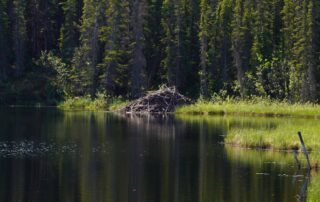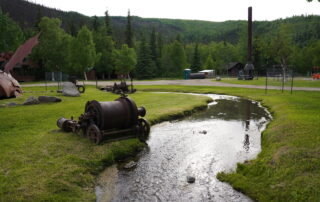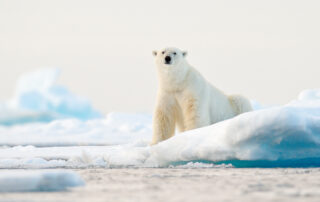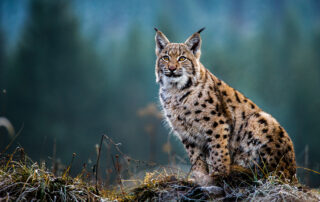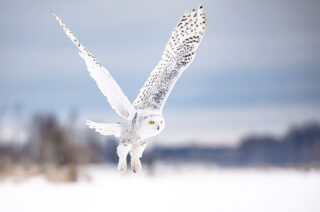Seismic Activity in Alaska
A Shifting Alaska Alaska is one of the most interesting regions on the globe for studying geological changes and their effects on the environment. Specifically, this is a region where two very large tectonic plates meet up with massive force and pressure. Lately, seismologists have recorded some more sizeable shifts. Alaska, has been known to have massive eruptions in the past. So, scientists and civilians are keeping a close [...]


